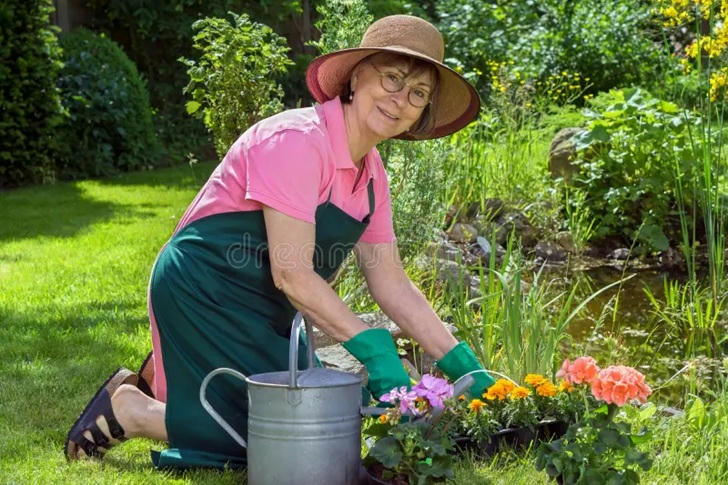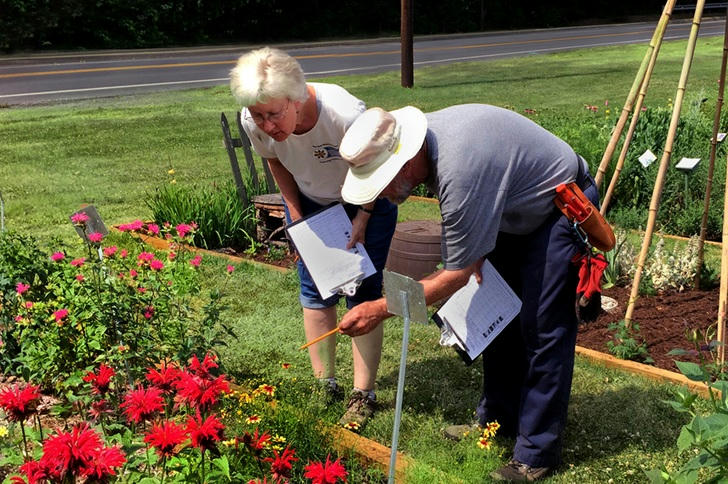Responsibilities and Earnings of Entry Level Gardeners
Gardening has evolved from a leisure activity into a recognized profession, particularly in urban and suburban environments where landscaped outdoor spaces are in high demand. Entry-level gardeners play a vital role in maintaining residential gardens, public parks, and commercial landscapes. While the job may seem simple at first glance, it requires knowledge, physical stamina, and attention to detail. This article explores the common duties of entry-level gardeners, the working environments they encounter, and what beginners can expect in terms of earnings and career development.

Core Job Duties of Entry-Level Gardeners
The responsibilities of entry-level gardeners center around maintaining the health and appearance of outdoor spaces. Their work typically includes:
- Planting flowers, shrubs, trees, and seasonal crops
- Watering, fertilizing, and weeding plant beds
- Pruning trees and bushes to promote healthy growth
- Mulching soil to retain moisture and control weeds
- Mowing lawns and edging garden borders
- Raking leaves and collecting debris
- Inspecting plants for signs of disease or pests
These tasks help ensure that the garden remains aesthetically pleasing and ecologically balanced. Entry-level gardeners usually follow instructions from supervisors or more experienced landscapers and must work efficiently to meet maintenance schedules.
Tools and Equipment Used
To perform their tasks, gardeners must become comfortable using various tools and equipment, such as:
- Hand tools: trowels, pruners, shears, and spades
- Power tools: lawn mowers, leaf blowers, and hedge trimmers
- Safety gear: gloves, protective goggles, boots, and hearing protection
Proper tool handling is essential not only for productivity but also for safety. Beginners are often trained on-site to ensure they can operate equipment responsibly.

Working Conditions
Gardening work is almost always performed outdoors, which means that gardeners are exposed to changing weather conditions throughout the year. Physical stamina is crucial, as the job typically involves:
- Standing, kneeling, and bending for long periods
- Carrying heavy tools or bags of soil and fertilizer
- Working in both hot sun and cold, damp weather
Gardening is labor-intensive and may be seasonal in some regions, depending on climate and local landscaping needs. Entry-level workers may begin part-time or on-call, gradually moving into more regular roles as they gain experience.
Basic Requirements and Skills
While gardening positions usually don’t require advanced education, employers look for certain traits and abilities in entry-level applicants, such as:
- Willingness to perform physically demanding work
- Attention to detail and an eye for plant health
- Ability to follow instructions and work as part of a team
- Basic knowledge of common plants, soils, and pests
- Dependability and punctuality
Formal training is not always necessary, but candidates who complete horticulture or landscaping courses may have an advantage in the hiring process.
Average Earnings and Compensation
Earnings for entry-level gardeners vary depending on location, employer type, and experience. In the United States, for example:
- Hourly wages typically range from $13 to $18 for beginners
- Annual salaries may start around $25,000 to $35,000 for full-time workers
- Higher wages are often offered by government parks departments or private estates
Some employers also provide benefits such as health insurance, paid leave, or seasonal bonuses. Workers employed by landscaping companies may receive travel compensation or uniforms.
Opportunities for Advancement
Starting as a gardener opens doors to several career paths within the landscaping and horticulture industry. With time and experience, individuals can move into roles such as:
- Landscape technician or crew supervisor
- Garden designer or planner
- Irrigation specialist
- Nursery or greenhouse assistant
- Horticulture consultant
Many companies support skill development through workshops or on-the-job training. Workers who build a strong portfolio and develop leadership qualities can eventually manage entire landscaping projects or start their own gardening business.
Job Outlook and Market Demand
The demand for gardening services remains steady in both residential and commercial sectors. With increased interest in eco-friendly spaces and sustainable landscaping, more property owners seek professional help to maintain gardens and green areas.
Urban expansion and the popularity of outdoor living have also boosted the need for skilled gardeners. Additionally, public institutions and municipalities continue to hire workers for parks, schools, and roadside maintenance.

Alternative employment Settings
While most entry-level gardeners work for private landscaping firms or homeowners, other employment opportunities include:
- Botanical gardens and arboretums
- Golf courses and resorts
- Retirement communities
- City parks and recreational departments
- Agricultural estates and vineyards
Each setting has unique tasks and standards, giving beginners the chance to find an environment that suits their interests and physical capabilities.
Closing Remarks
Entry-level gardening jobs offer an accessible starting point for individuals interested in outdoor work, plant care, and environmental maintenance. While the tasks may be labor-intensive, the role provides a hands-on experience and valuable knowledge of nature. With consistent performance and a willingness to learn, new gardeners can enjoy stable employment and grow into specialized or supervisory roles within the broader landscaping industry.
